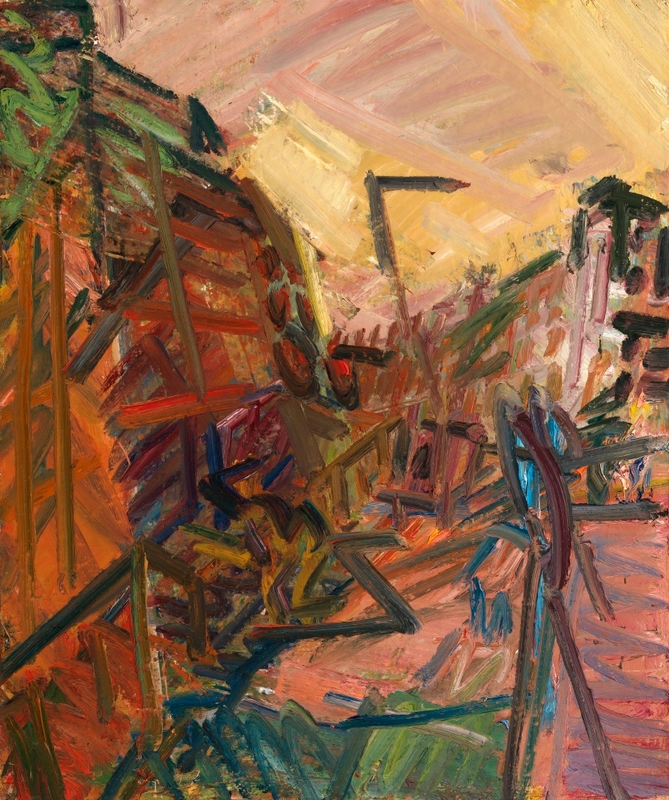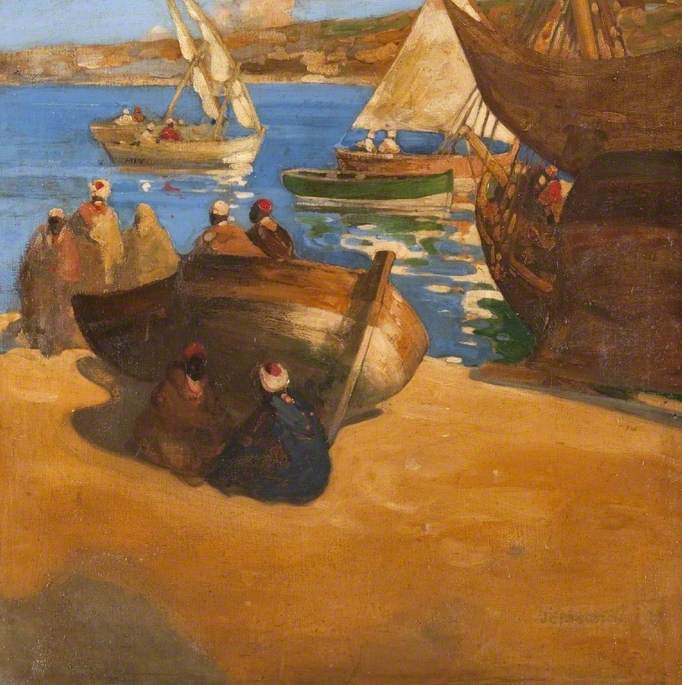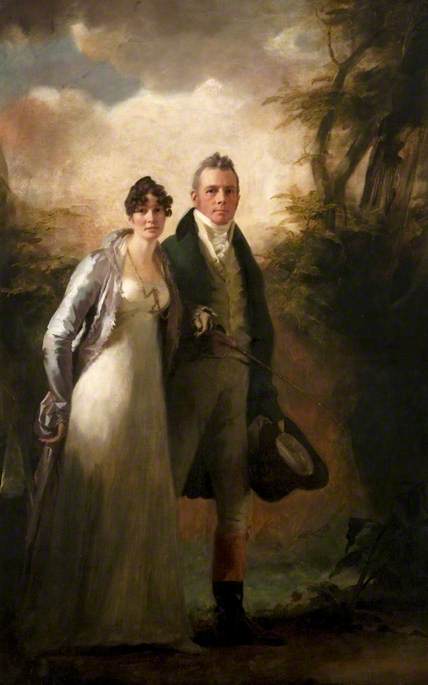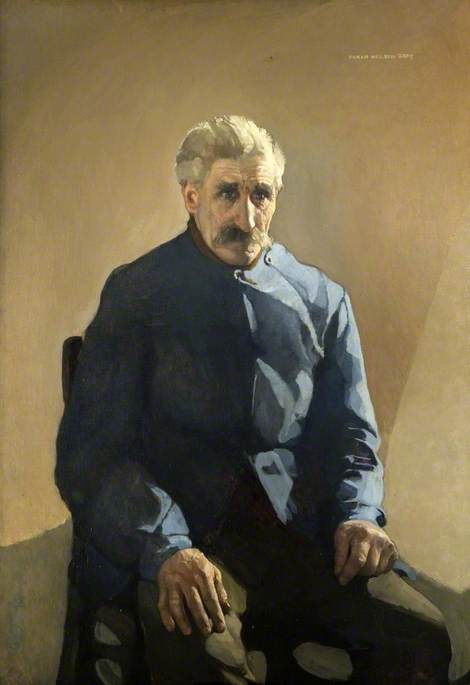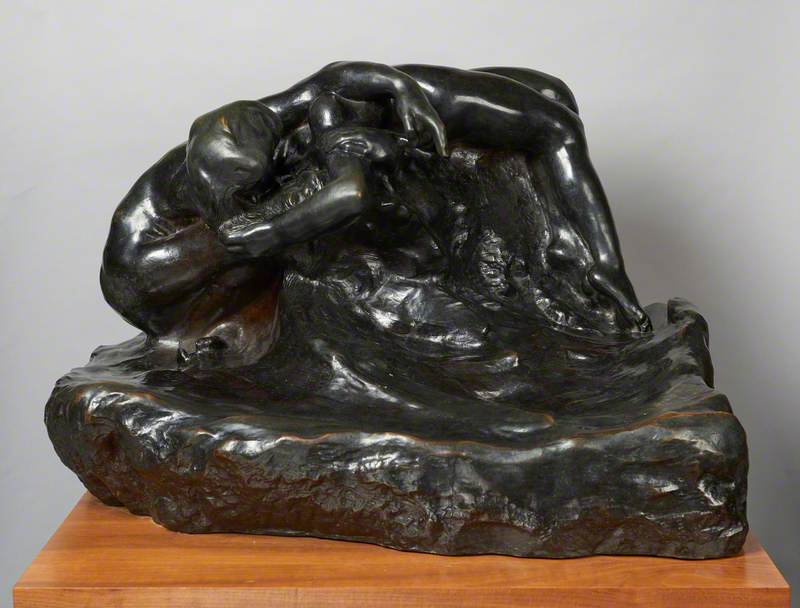Kelvingrove Art Gallery and Museum opened in 1901 and is Scotland’s most visited museum. We are inclusive and accessible to everyone with an anti-racist agenda, leading on a Legacies of Slavery and Empire project within the wider museum service.
Rich in Dutch, French and Scottish art, with spectacular architecture, 22 galleries display over 8,000 objects with one of the finest art collections in Europe.
Art Unlocked is an online talk series by Art UK in collaboration with Bloomberg Philanthropies. This Curation is based on a talk by Pippa Stephenson-Sit, Curator of European Art and Dr Jo Meacock, Curator of British Art at Glasgow Life Museums on 13th September 2023. You can watch a recording of the talk on Art UK's YouTube channel.
-
An Arrangement of Flowers by a Tree Trunk c.1683
Rachel Ruysch painted at a time when women were rarely allowed the opportunity to work as artists. She flourished as a painter of flower and still life subjects, a theme deemed suitable for women, given the domestic nature. This early ‘forest floor’ painting includes six species of butterfly, lizards, and plants depicted in life-like detail. Ruysch’s father was a famous botanist, with a large collection of animal and plant specimens.
An Arrangement of Flowers by a Tree Trunk was bequeathed by Glasgow coachbuilder Archibald McLellan in 1854, as part of a substantial gift of Italian, Dutch, Flemish and British paintings. His bequest stimulated other industrialists and businesspeople to donate their collections to the city.
Rachel Ruysch (1664–1750)
Oil on canvas
H 93.7 x W 71.1 cm
Glasgow Life Museums
-
Mornington Crescent – Winter Morning 1989
In 2015 Glasgow Life Museums acquired two paintings by Frank Auerbach from the estate of artist Lucien Freud. Mornington Crescent depicts a street in London close to the artist’s studio, where he has worked for over sixty years. Auerbach attempted this painting more than a hundred times on the same canvas.
Revisiting the picture every day, he would scrape the paint away and start afresh, until finally satisfied with the result. This painting is displayed in our ‘Looking at Art’ gallery. The diverse artworks in this popular gallery are designed to spotlight technical and conservation stories, allowing visitors to access art from unexpected angles. This painting is used by school groups to encourage thoughts about artist techniques.
Frank Helmuth Auerbach (1931–2024)
Oil on canvas
H 135.2 x W 112 cm
Glasgow Life Museums
-
On the Beach at Tangier 1899
Fergusson made a formative trip to Morocco in 1899, inspired by the example of fellow Scot Arthur Melville. According to Fergusson’s partner Margaret Morris, he ‘decided to go and see for himself the effects of intense light and shadow’. Like Melville he was drawn to the deep azure blue of the sea, which he used as a compositional lynchpin in this painting. Unlike other European artists in North Africa at this time, he did not exoticise or ‘other’ the fishermen.
Figures and boats provide colour notes in the pictorial arrangement. Fergusson declared that Melville’s ‘work opened up to me the road to freedom not merely in the use of paint, but freedom of outlook’. Kelvingrove houses an important collection of Scottish Colourist artworks.
John Duncan Fergusson (1874–1961)
Oil on canvas
H 75.9 x W 75.9 cm
Glasgow Life Museums
-
Mr and Mrs Robert N. Campbell of Kailzie c.1805
2023 marks the bicentenary of the death of Raeburn, celebrated for the freedom and directness of his portraiture, influenced by Enlightenment ideas about perception, human nature and empirical study. Research has uncovered many links between his paintings and the transatlantic trade in enslaved people.
The Campbells cut an elegant couple walking through their Peeblesshire estate but their wealth came from Caribbean enslaved-labour plantations. Working with Our Shared Cultural Heritage Changemakers, a collective of South Asian young people, interventions have been created in galleries to tell these crucial stories and a Museum Test is helping curators think about colonialism, empire, slavery and representation in future display development.
Henry Raeburn (1756–1823)
Oil on canvas
H 241.3 x W 152.4 cm
Glasgow Life Museums
-
A Belgian Refugee c.1915–1921
The Belgian Refugee is one of Glasgow Girl Norah Neilson Gray’s most moving paintings. The muted colour scheme and empty background speak powerfully of numbness and loss. The slumped pose, sorrowful eyes and empty hands remind us of the individual tragedy behind each story. 8,000 Belgian refugees came to Glasgow during World War I. Local communities got involved in fundraising. Glasgow’s Mitchell Library has a database listing everyone.
Gray was a Voluntary Aid Detachment field nurse in World War I - not an official war artist, very few women were given appointments and Gray complained their work was marginalised. It is an ongoing project within Kelvingrove to counter the historic gender imbalance within our collection and displays.
Norah Neilson Gray (1882–1931)
Oil on canvas
H 125.7 x W 87 cm
Glasgow Life Museums
-
The Fallen Angel (L'ange dechu) 1895
Over many years Rodin built up a huge collection of plaster casts, including figures in different positions, and individual limbs, heads and other body parts. He would then combine these in varying ways. This became known as Rodin’s ‘assemblage’ technique. The two figures in Fallen Angel can be seen in a number of other designs by Rodin, including his sensuous Eternal Springtime.
The gender of the winged figure embraced by a naked woman in this sculpture is unclear. It is based on a siren figure, Torso of Adèle, modelled in the 1880s. Glasgow Life Museums has been developing LGBT tours and events across its buildings, including special tours at Kelvingrove. Such tours give us the opportunity to explore objects in inclusive ways.
Auguste Rodin (1840–1917)
Bronze
H 62.2 x W 80.5 x D 55.9 cm
Glasgow Life Museums
Explore artists in this Curation
-
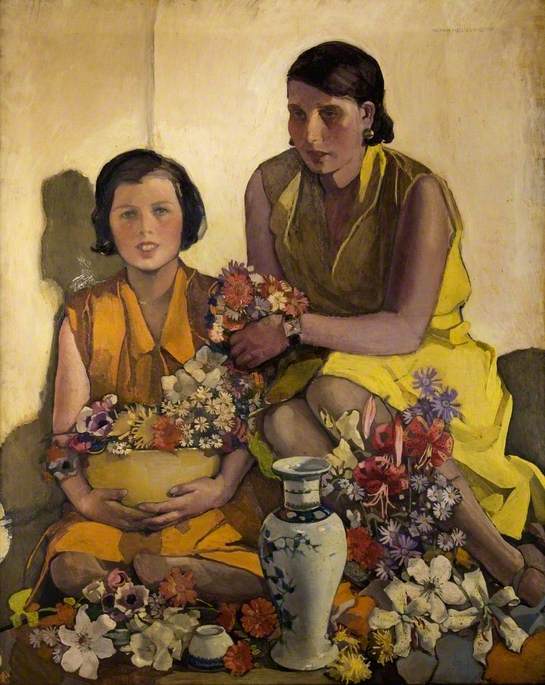
Image credit: Glasgow Life Museums
Norah Neilson Gray (1882–1931) -

Image credit: Tate
Auguste Rodin (1… -
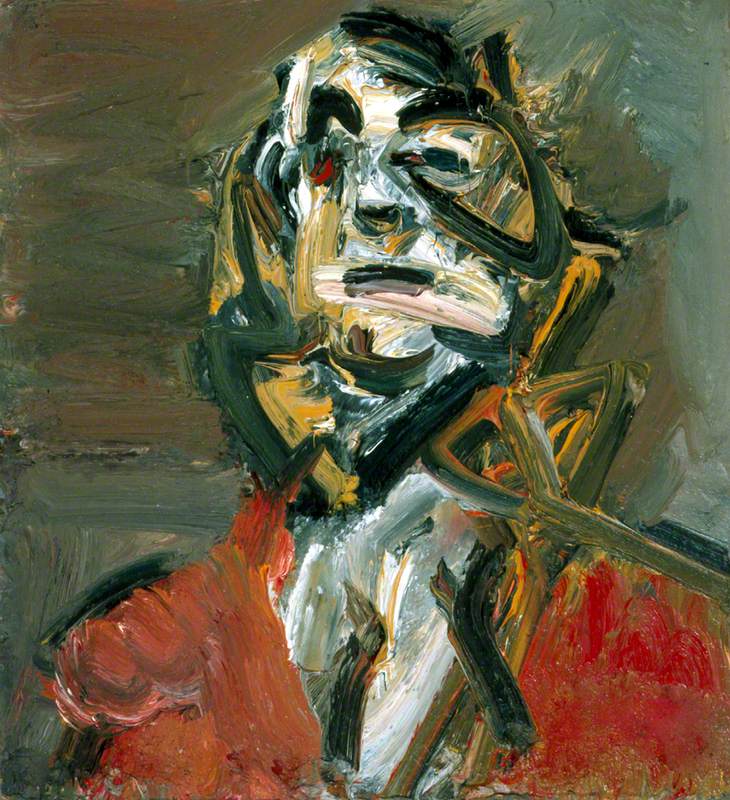
© the artist's estate. Image credit: Southampton City Art Gallery
Frank Helmuth… -
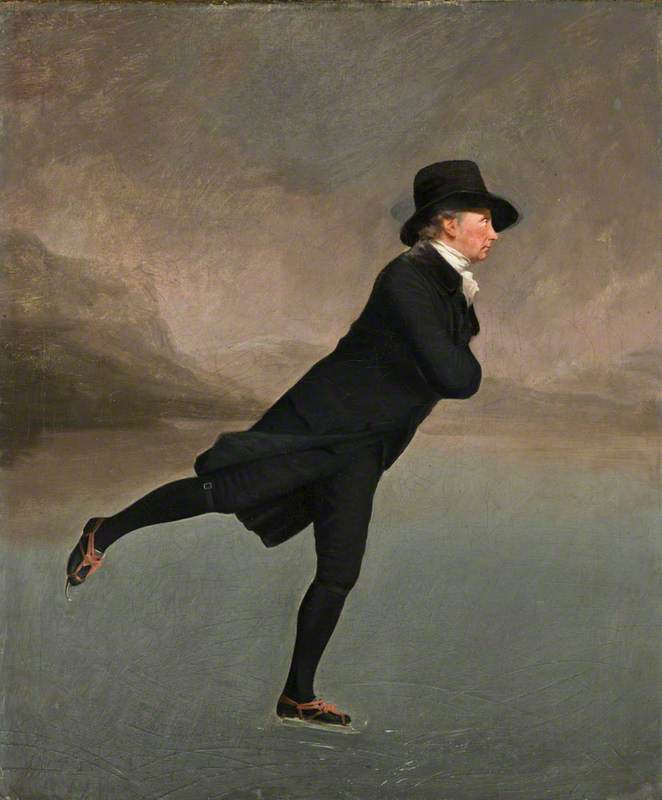
Image credit: National Galleries of Scotland
Henry Raeburn (1756–1823) -

© courtesy of Culture Perth & Kinross Museums & Galleries. Image credit: Museums & Galleries Edinburgh – City of Edinburgh Council
John Duncan Fergusson (1874–1961) -
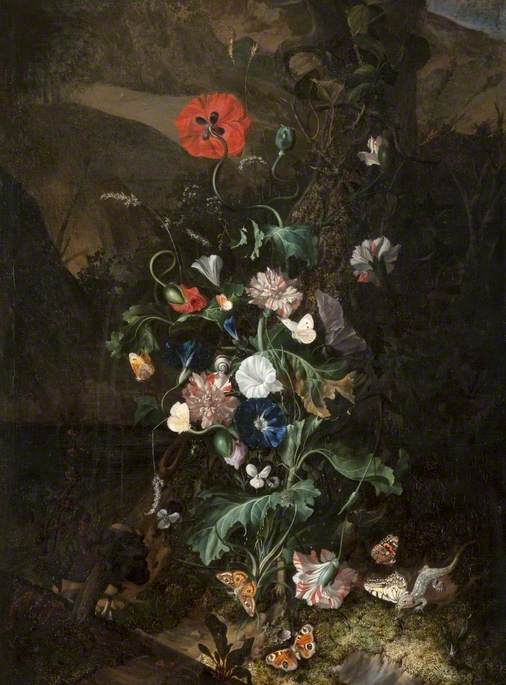
Image credit: Glasgow Life Museums
Rachel Ruysch (1664–1750)
